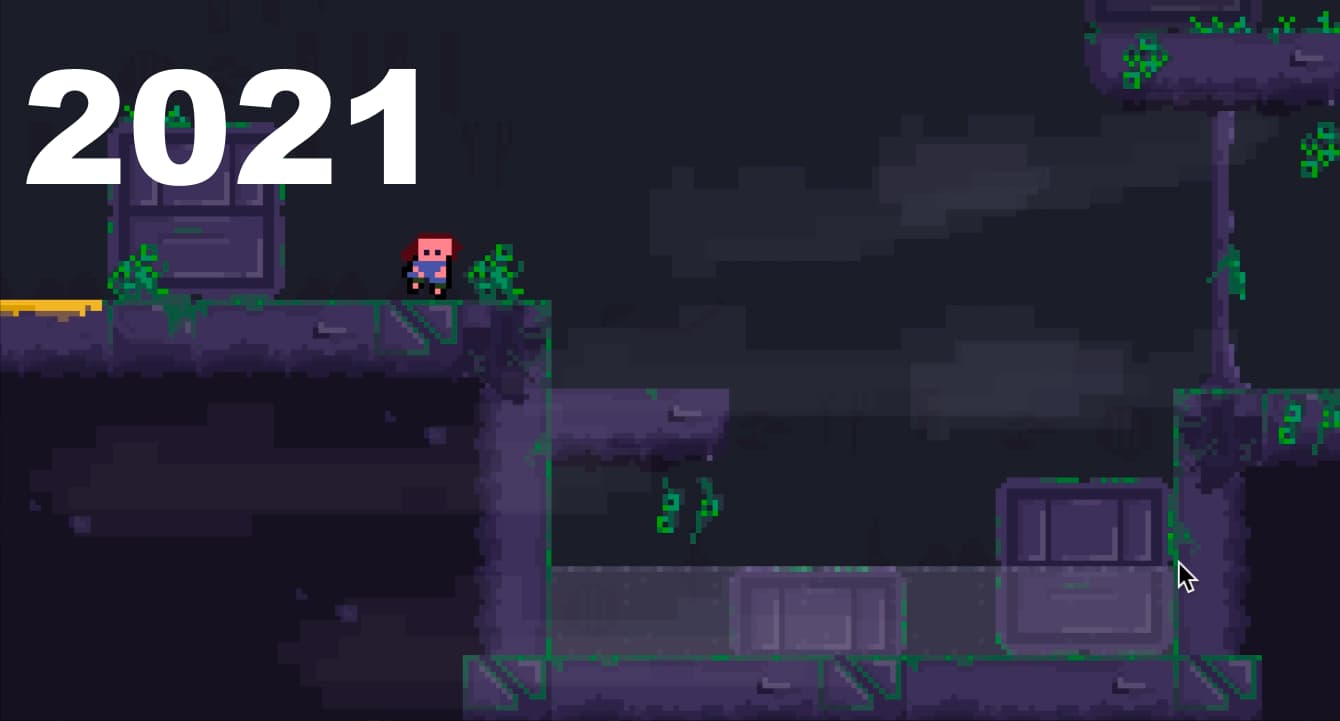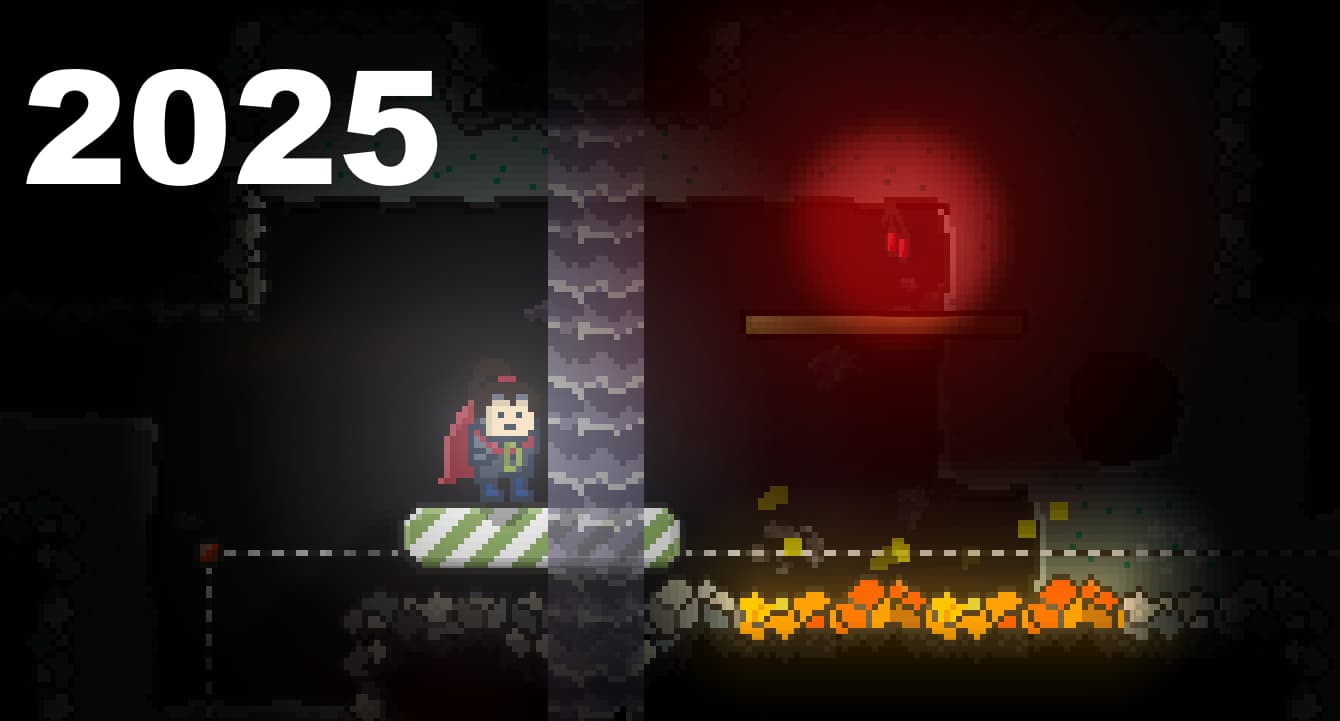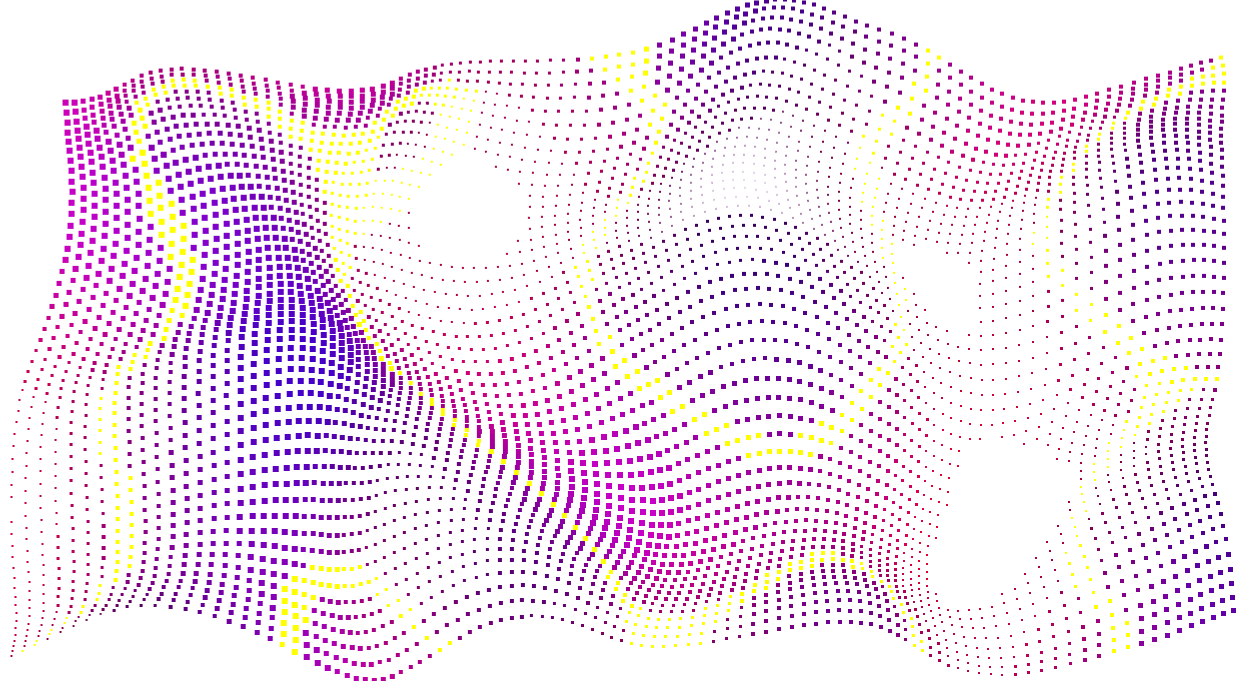Soft physics
Greetings,
the next minor release of ScrewBox will introduce soft physics. The new components will allow creation of ropes and soft structures. Both will be build of entity clusters and will therefore support mixing with existing components.
I have just finished the foundation (linking entities, rendering smooth curves). The next steps will introduce a nice api for easy creation of entity clusters building soft bodies. Currently this is purely manual and leads to a lot of clutter code.
Want to learn how to use? Have a look at the soft physics guide.




